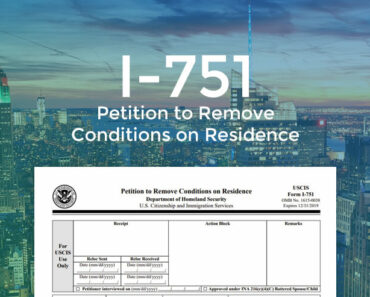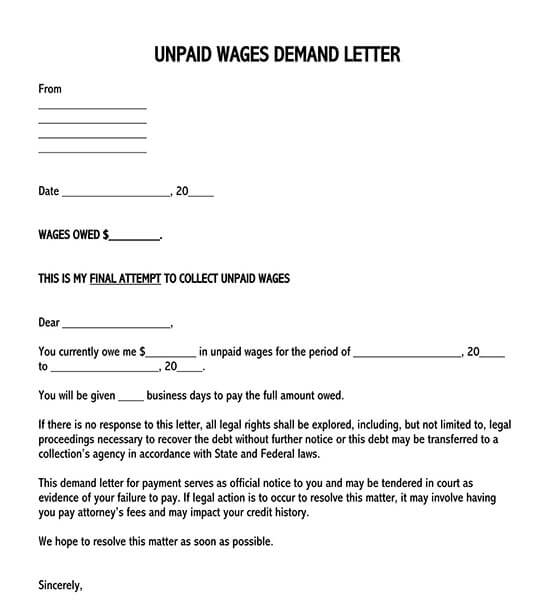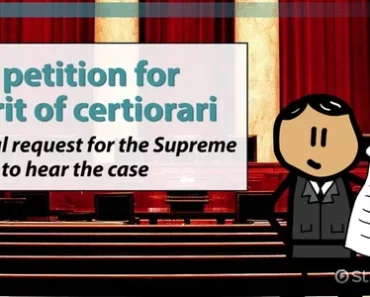Writing an effective petition letter for dropping courses requires that you have a clear reason why you need to withdraw. It also must be brief and respectful.
First, review your school’s drop/add policy to ensure that it is fair and reasonable. You may find it in the student handbook or college catalog.
Be specific.
To write a strong petition letter, you need to be specific. Ensure that you understand the policy and the circumstances behind your request, as well as how the University’s policies affect your ability to meet academic requirements.
The Academic Petitions Committee can only make an exception to a policy when it believes that it is necessary to do so. For example, if you are petitioning to drop a course because of a change in major, you need to explain why the change was necessary and why you can no longer meet the requirement with a different option.
You also need to demonstrate how your situation has negatively affected your academic progression. For example, if you were hospitalized or had to take time off work because of an illness or a death in your family, you need to be specific about how these events impacted your progress in the classes you are requesting a late withdrawal for.
Be concise.
When writing a petition letter for dropping courses, it’s important to be concise. Concise writing doesn’t mean using the fewest words possible; it means choosing the most effective words to accomplish your task.
The main goal of a petition letter is to convince a university committee that the exceptional circumstances that are outlined in the letter require a change to a university policy or procedure. This will require the writer to make a strong case for their claim, be clear and concise in their explanation, and include all of the necessary documentation to support their request.
When you’re drafting the letter, be sure to include your name, address and contact information. This will help the school know where to send your request if they need to contact you about it. In addition, it will also help the person receiving the letter know that you’re serious about your education and are asking to be allowed to drop your classes.
Be honest.
When you write a petition letter for dropping courses, you should be honest. This will help the school to understand how your situation impacted your academic performance and why it is important for you to continue taking your classes.
In your letter, make sure to explain how the lapse in your grades was caused by something that is outside of your control, such as illness or family issues. You should also include documentation that can support your explanation.
For example, if you are a student who had to miss class due to illness, a doctor’s note stating that you were hospitalized for two weeks would help show how the condition affected your studies.
Be sure to describe in detail how these circumstances affected your ability to study and take notes. This can help the school to better understand why you are requesting to drop the course and what changed that will allow you to meet SAP standards.
Be respectful.
A petition to drop a course is a big deal at any university. However, students must be careful to weigh the merits of their petition against other student concerns.
The best way to make your case is to be clear and concise. Begin by explaining the reason for your decision to drop a course.
You can do this by referring to the official drop/add policy for your institution.
Be sure to include the requisite documentation and evidence that your cause is legitimate. This may be as simple as a doctor’s note demonstrating your hospitalization during the last few weeks of the semester.
Your letter is a chance to showcase your academic and personal accomplishments, so be sure to take the time to make sure your words are as impressive as your actions. This will show the staff that you are serious about your studies and have an ear for detail. The most important aspect of any letter is to maintain a positive and professional tone, so keep this in mind when you write.





